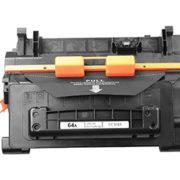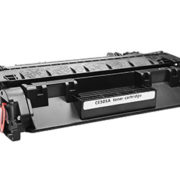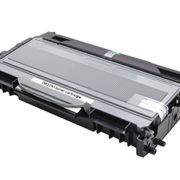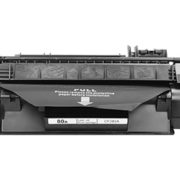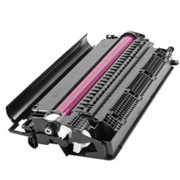How to Remanufacture Toner Cartridges?
Printer and toner cartridges are very expensive, and printer manufacturers realize a great deal of their annual profit from sales of these small devices with limited printing capacity. More expensive printers usually get a better price from the ink they use than their moderately priced counterparts. Laser printers offer consumers the best price per page in relation to toner cartridge expense. Toner is very messy, and most consumers prefer to avoid the fine powder that stains hands and clothing. Toner cartridges, however, can be refilled. Consumers can avoid direct contact with toner and enjoy savings by purchasing remanufactured printer cartridges, which can save up to 80 percent.
Toner cartridges are available as original manufacturer’s equipment (OEM), compatible brands, or remanufactured equipment. Consumers can also refill toner themselves for the greatest savings. Remanufactured cartridges are very popular because of their convenience and price. Printer manufacturers spend a great deal of money explaining why these products do not work as well as OEM and exhorting consumers to avoid risks. The remanufactured products cut into manufacturers’ profit margin, and they just hate the situation. Many companies now remanufacture ink and toner cartridges, and some enterprising people turn the operation into a home-based business.
The remanufacturing process follows these basic steps: The cartridge is disassembled. Any damaged parts are removed. Old toner is removed by vacuuming. Ultrasound is utilized to clean superfine toner dust from all parts. Worn and damaged parts are replaced.The photo drum usually must be changed. This component is very sensitive, and the smallest imperfection will impact print quality. New blades are added to the assembly. These components initiate a windshield-wiper action. One set applies toner to the drum, and the other removes excess dust. The cartridge is then filled with a good quality toner that meets or exceeds OEM standards.
A gasket prevents toner from flying into the printer. Fine toner powder easily becomes airborne from the slightest agitation. Each refilled cartridge is now tested on OEM to ensure quality. The remanufactured cartridge is sealed in anti-static black plastic bags that block light, and boxed for additional protection.
These steps ensure that the cartridge performs to exacting standards that meet or surpass OEM standards. Consumers can order these remanufactured printer cartridges with confidence when companies follow the correct procedure.
The computer industry has a rich history of enterprising entrepreneurs bypassing OEM inks and supplies. In 1981, IBM put its logo on an Epson MX-80 dot-matrix printer and sold it with its personal computer. Users immediately began investigating how to extend the life of the primitive ribbon carriage. People popped the cartridge and added WD-40, allowing it to steep overnight. Tables with felt rollers allowed the ribbon to be pulled through to resupply ink to the medium. There is little surprise that toner cartridges faced immediate assault on their exclusive status.
Remanufactured cartridges provide distinct environmental advantages. Millions of discarded ink and toner reservoirs reach landfills every year, where toxic chemicals leech into the ground and water table. Recycling is the responsible choice, a fact that even the original manufacturers acknowledge, but they would prefer consumers recycle anonymously and continue to buy new, overpriced products. Ben Greenwood is writing on behalf of Cartridge World, providers of printer cartridges including toner cartridges.


